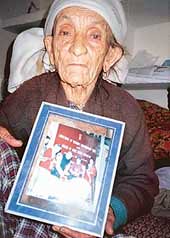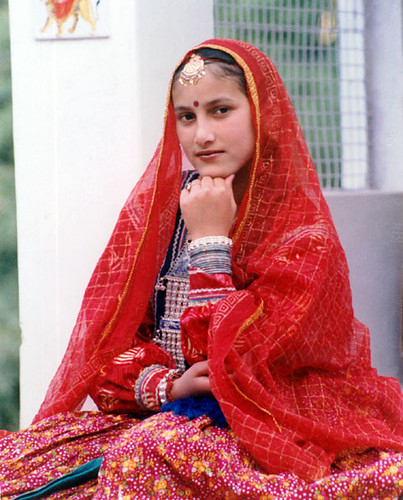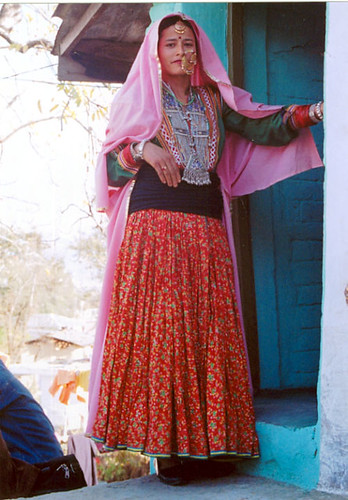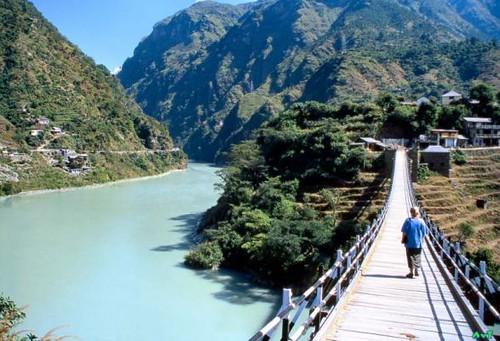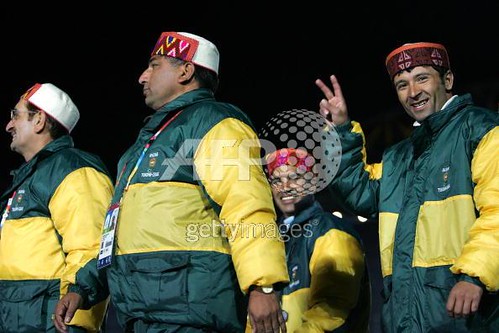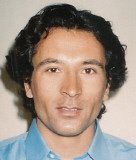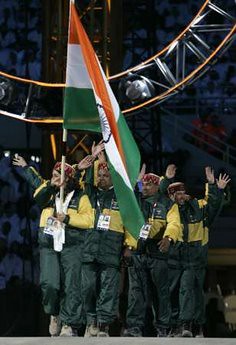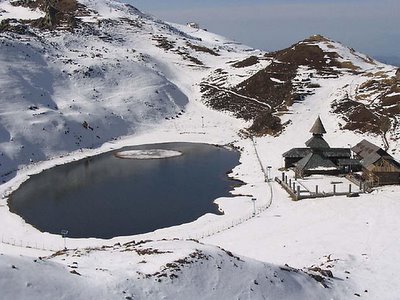
Temple of Naggar. From “Kulu” series. 1929
A lot is going on in Kullu valley, most of it for the new world as negative publicity due to the declining of setting up of ski village there. But Kullu valley has a lot of history, its the most beautiful valley in Himachal with breath taking views of Himalayan ranges, snow covered mountains and sprwaling gardens of Apples, beautiful ladies and of course the ever fresh water rivers, whether you take devdar trees or the untouched parts of the valley, there is something devine in Kullu valley.

Left to right: W.N. Koelz, Esther Lichtmann, Nicholas Roerich. January, 1931. Naggar, India
Kullu attracts any one who visits it once, most of the tourists visit it again and again from different parts of the world, most of the Indian movies, whether Bollywood or south Indian, they are shooted here and arist, poets every one finds the devine solace in the valley.
You visit Kullu and you will be mesmerised with the beauty it offersm there is something in the air!
Since my college days I visited Kullu many times, even last time I visited India, I found time to go and touch Kullu for a single day, there is something which attracts me there.
I respect valley as in our Hindu vedas this is the valley where most of our saints worshipped, Pandvas passed their exile here and even new age social gurus are visiting the valley.
One good example is Nicholas Roerich.

Left to right: George Roerich, Nicholas Roerich, Svetoslav Roerich. 1932–33. Naggar, India
NRM ref. No 401203
Any one who has a little interest in Arts would be knowing about Nicholas Roerich. I would encourage people to read more about him and see first hand his paintings on http://www.roerich.org/
A small excerpt from this article by Nanjunda Rao
 Nicholas Roerich. 1931–32. Kulu–Lahul, India
NRM ref. No 401172
In 1923, Prof. Nicholas, his wife Madam Helena Roerich, their sons, Svetoslav, a painter in the class of his father and George, a scientist and archaeologist, came to India. At first they lived near Darjeeling, but later they established the Urusvati Research Institute in the Kulu Valley, where the family still has its residence. Both in the East and West Himalayas, Prof. Roerich has painted a large gallery of pictures that not only reflects the magnificent vision of the hills, but also embodies something of the spiritual history and legend with which they are associated.
Nicholas Roerich. 1931–32. Kulu–Lahul, India
NRM ref. No 401172
In 1923, Prof. Nicholas, his wife Madam Helena Roerich, their sons, Svetoslav, a painter in the class of his father and George, a scientist and archaeologist, came to India. At first they lived near Darjeeling, but later they established the Urusvati Research Institute in the Kulu Valley, where the family still has its residence. Both in the East and West Himalayas, Prof. Roerich has painted a large gallery of pictures that not only reflects the magnificent vision of the hills, but also embodies something of the spiritual history and legend with which they are associated.

